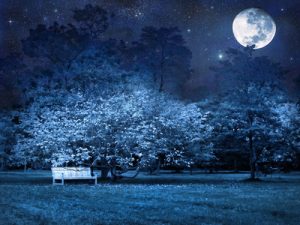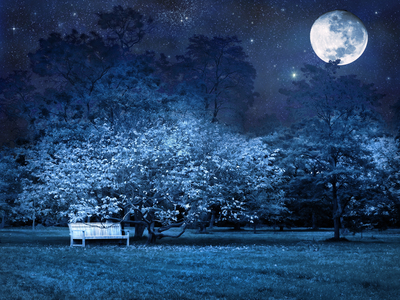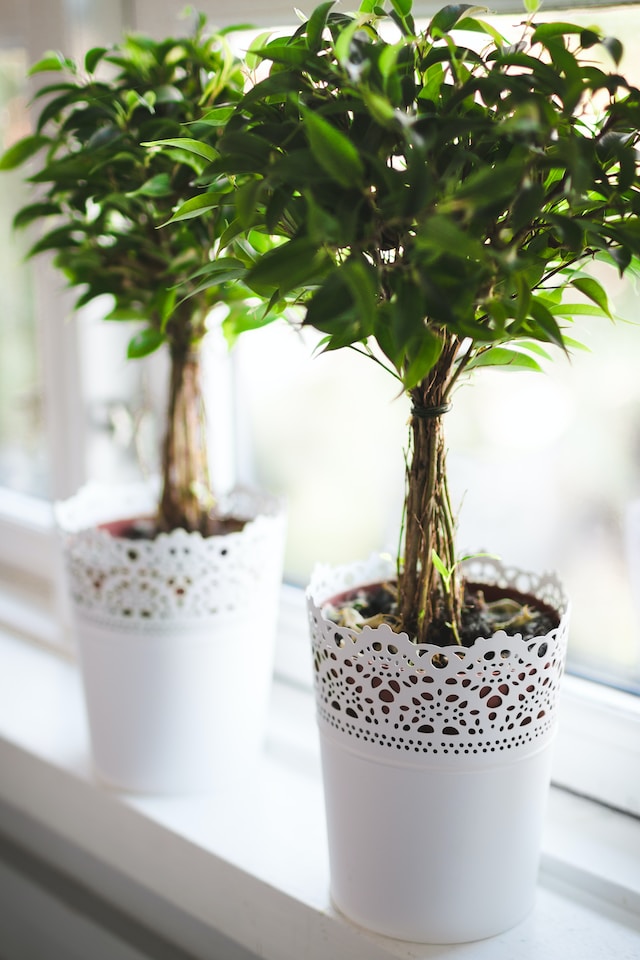Step into a realm where the silver glow of the moon casts a spell over the landscape, revealing a garden transformed into a dreamlike tapestry of shadows and light. Welcome to the world of moon gardens, a mesmerizing fusion of flora and celestial radiance. In this enchanting journey, we’ll explore the allure of moon gardens, guided by the wisdom of garden experts who have mastered the art of creating these nocturnal wonderlands.
The Magic of Moon Gardens: A Nighttime Oasis of Beauty and Serenity
When the sun dips below the horizon, most gardens surrender to the shadows, their vibrant colors and delicate details hidden from view. However, the allure of moon gardens lies in their ability to transform the nocturnal landscape into a realm of enchantment and mystery.
Discovering the Allure of Moon Gardens:
A moon garden is a carefully curated outdoor space designed to be experienced after dusk. The concept is rooted in the idea of creating a sanctuary where plants and elements are chosen to shine under the moon’s gentle radiance. As darkness descends, the garden comes alive with a soft, silvery glow, revealing an entirely new dimension of beauty.
Sensory Symphony Under Moonlight:
One of the most captivating aspects of moon gardens is the sensory experience they offer. With the distractions of the day fading away, your senses become attuned to the nuances that often go unnoticed. The air is perfumed with the intoxicating fragrance of night-blooming flowers, while the gentle rustling of leaves and the occasional serenade of nocturnal creatures compose a symphony that soothes the spirit.
Designing by Moonlight: Principles of Crafting Your Moon Garden
As the moon rises and casts its gentle radiance upon the Earth, the canvas for your moonlit masterpiece begins to take shape. Designing a moon garden requires a thoughtful approach that integrates elements of mystery, texture, and contrast, resulting in an ethereal landscape that comes alive under the night sky.

Guiding Principles for Moon Garden Design:
Creating a moon garden is akin to orchestrating a nocturnal symphony where each element plays a harmonious role. Let’s explore the key principles that will guide you in crafting your moonlit haven:
Play with Light and Shadow:
Central to the magic of a moon garden is the interplay between light and shadow. Choose plants with varying foliage colors and textures that will be accentuated by the moon’s glow. As moonlight filters through leaves, it creates intricate patterns of shadows on the ground, transforming your garden into an enchanting tapestry.
Embrace a Limited Color Palette:
Opt for a serene color palette dominated by whites, silvers, and pale yellows. These shades reflect the moon’s radiance and create a calming atmosphere. White-flowering plants like moonflowers, evening primroses, and white roses are perfect additions to your moon garden’s floral ensemble.
Incorporate Reflective Surfaces:
Strategically place reflective surfaces such as mirrors or metallic ornaments to amplify the moon’s glow. These surfaces capture and disperse light, enhancing the overall luminosity of your garden. As you wander through the moonlit pathways, you’ll be greeted by unexpected glimmers that evoke a sense of wonder.
Choose Night-Blooming Flowers:
Selecting plants that bloom or release their fragrances at night heightens the sensory experience of your moon garden. Night-blooming flowers like night-blooming jasmine, angel’s trumpet, and four o’clocks add an intoxicating perfume to the air, inviting you to immerse yourself in nature’s nocturnal delights.
Create Cozy Seating Areas:
Integrate cozy seating areas where you can unwind and soak in the moonlit ambiance. Adorn benches and seating with plush cushions and throws, inviting you to linger and embrace the tranquility of the night. These spots provide perfect vantage points for admiring your garden’s transformation under the moon’s embrace.
Dr. Lily Harper’s Expert Insights:
According to Dr. Lily Harper, the design of a moon garden is an artistic expression of our connection to the cosmos. Dr. Harper emphasizes that the garden’s layout should encourage exploration and evoke a sense of discovery. “Every twist and turn should reveal a new facet of nature’s beauty,” she suggests. Dr. Harper’s advice resonates with the intention of crafting a moonlit haven that engages both the senses and the spirit.
As you delve into the intricacies of moon garden design, remember that your garden is a living masterpiece that evolves with the passage of time and the phases of the moon. In the next section, we’ll delve into the heart of your moonlit sanctuary—the selection of flora that will adorn your nocturnal landscape.










